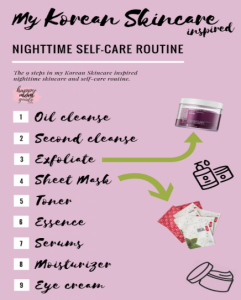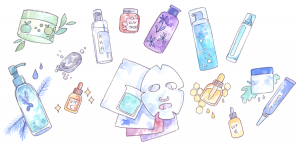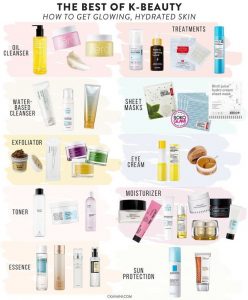Knowledge Exchange

Cosmetics Industry Outlook: Future of K-Beauty
A worldwide phenomenon, South Korean beauty, or K-Beauty, is the world leader in the beauty industry. HKU MBA invited Yeonjin Jennie Park, current part-time MBA student, and a Director of Amorepacific, based in Hong Kong. She has over ten years of experience in corporate strategy and planning in consumer goods and retail industry, across China and Hong Kong.
HKU MBA: What are the strengths of K-Beauty and what makes it so unique?
Yeonjin Park: The first thing that comes to mind regarding K-Beauty is “glamorous skin.” K-Beauty is an umbrella term for skincare products that originated in Korea. It focuses on luminous textures and skin rejuvenation, based on the belief of harmonised beauty from inner health. It shares the oriental philosophy of beauty. K-beauty is different from previously dominating beauty products from western countries like France and the USA, which focused on colour styling.
Not only the health-oriented ideas, but also the playful skincare routine is unique to K-Beauty, fascinating young Millennials. Have you heard of the 9 steps of the K-Beauty skincare daily routine? You have 9 different cleansing and skincare products to take care of your facial skin, step by step. It represents how much K-Beauty focuses on treatment rather than styling, and this fun ritual attracts young customers both in and outside of Asia.
Although skincare products are the primary representative of K-Beauty, colourful makeup with an emphasis on natural and younger looks is also considered part of the K-Beauty style. These looks are recently aligned with rising consumer trends “Be Me” and “ageless” and gained popularity among Millennials as well.


HKU MBA: Why are Chinese/Hong Kong-based customers so fanatical about K-Beauty?
Yeonjin Park: Most of all, K-Beauty’s pursuit of beauty from inner health fits the Chinese culture and philosophy. Like Chinese medicine, K-Beauty’s concept of inner treatment and recreation from the strengths of nature is well understood by Chinese customers.
Moreover, along with the massive popularity of K-Wave in the mid-2010s, K-Beauty gained a lot of attention. Korean entertainment content such as K-Drama and K-Pop has been renowned since the 2000s and has been in full swing since the mid-2010s. Widely idolised Korean celebrities became solid bridges between Chinese customers and K-Beauty products. By leveraging the positive images and emotional bonding generated by K-Wave, K-Beauty has grown and succeeded in the Chinese and Hong Kong markets.
Lastly, the similarity of major customers’ skin bases was advantageous to K-Beauty. Skincare products are heavily dependent on skin type research and studies. Skin features and troubles are often defined by geography since they are fully affected by climatic and dietary factors: water components, air humidity, temperature, and food culture. Since Korea is geographically close to China and Hong Kong, the fruitful research and solutions from K-Beauty brands are applicable to Chinese customers, without many changes.


HKU MBA: What are the upcoming challenges that K-Beauty will face?
Yeonjin Park: You may remember that before the rise of K-Beauty, J-Beauty was a trend in Asia’s early 90s. There will be a time in the future that C-Beauty expands its influence in the China market and takes over some of the foreign brands’ market share. We don’t know how fast the future will come, but there are a few signs of C-Beauty’s surf. In China’s mass beauty sector, digital-based rising brands such as Perfect Diary and HFP have performed remarkably. These brands were launched after 2015, when the E-commerce channel took the mainstream of the retail market in China. Through digital platforms, brands have more direct access to their customers and can easily test products without a huge marketing investment, which fast tracked the success of niche brands. Moreover, the positive influence – the Guo Chao (国潮) trend – made Chinese labels more acceptable among young Millennials in China.
Another challenge is technology. Although the beauty industry depends on market trends that idolise customers, technology innovation is strong enough to reshape its future. By utilising big data, an advanced skin diagnosis can realise personalised beauty products. Imagine a beauty device, such as a smart mirror, collects personal data such as health condition, daily habit or desirable look of the day, and combines this with external factors to generate the best skincare and makeup solution for you. While you are chatting with a smart mirror for today’s look, a 3D printer creates skincare and makeup products for today. A smart mirror accompanies you with kind and professional coaching on treating your skin and applying makeup by reflecting your movement and reaction. In this case, not only K-Beauty but also any beauty products can have possibilities to perfectly fit for Asian customers.
In addition to tech innovation’s threat, virtual life has become more common these days and replaced some of our real lives. We have partially experienced that the needs for colour cosmetics have decreased significantly after keeping social distance due to Covid-19. Although the desire for beauty will not be changed, tech tools can replace many functions in the beauty industry.
HKU MBA: What is your opinion on how to sustain K-Beauty in the future?
Yeonjin Park: During the last decade, many beauty brands with “made in Korea” were welcome in Asia by maximising K-Wave advantages. However, reckless popularity will no longer be valid as competition intensifies. Customers are smart enough to distinguish empty grains – good products based on technology and products packaged good images. Although K-Wave will last in Asia and other countries, K-Beauty products without technology will gradually fade out. Digitisation has crucially shifted the industry, lowering the entry barrier and loosening brand loyalty that drives customers to jump around time to time without much transaction cost.
The answer to K-Beauty’s sustainability is simple: Innovation. No matter where brands originate, products should have the technological edge to meet capricious customers’ needs. K-beauty may disappear as time goes by, but innovative products will sustain with their own value and fame in the market. Thanks to the K-Wave, many countries inside and outside of Asia are aware of Korea and have a favourable image of the country’s labels. It is time to compete with the real competence of the brands.
An ad-hoc idea of sustaining K-Beauty could be to extend the boundary of beauty. As the fundamental idea of K-Beauty is somehow linked to inner beauty, health and lifestyle areas can be also explored as a part of K-Beauty.









